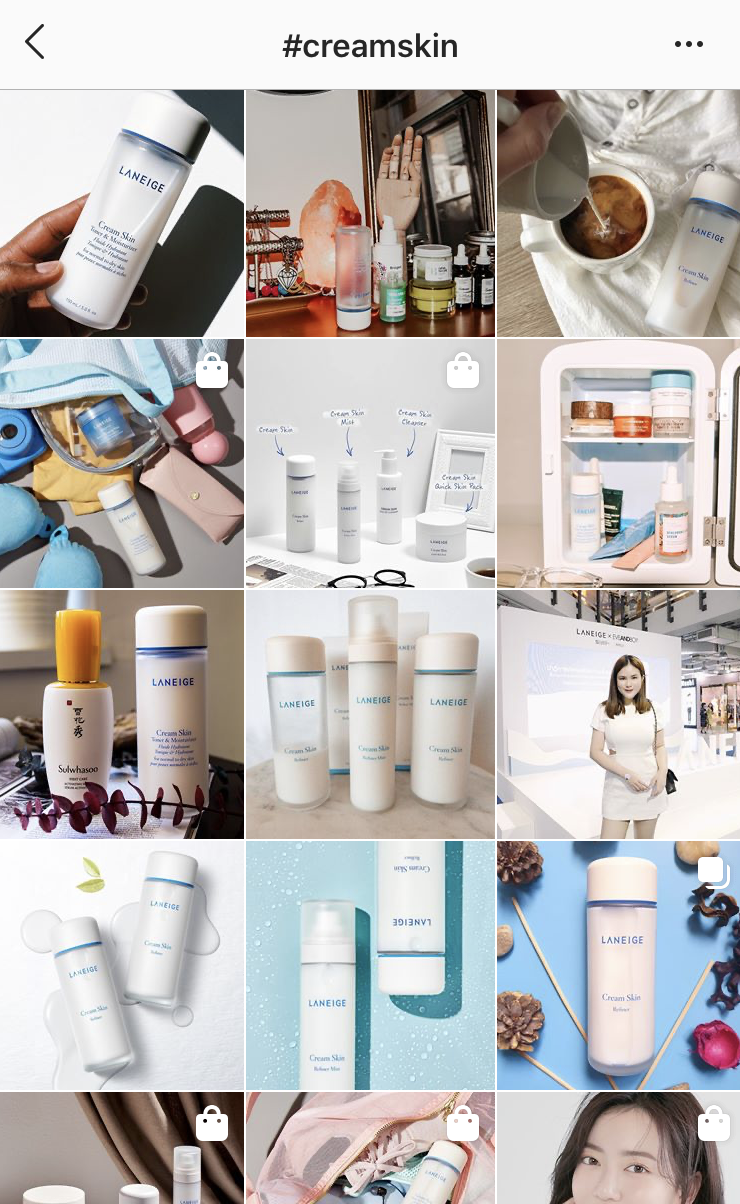The Cream Skin Routine Gave Me the Softest Skin of my Life

Lately my skin has been acting like my friend’s newborn: It’s agitated and clearly upset, but I still cannot figure out the source of its tantrum. This winter it’s played host to breakouts, a newly rough texture on my forehead, enough oil to resemble an environmental disaster, and dry patches anywhere that hasn’t yet been co-opted by a zit. The guessing game of what’s behind this—dehydration, a new foundation I’ve been testing, or the good-smelling oil that a bunch of celebrities love—and their respective solutions haven’t yet worked.
So I decided to let it self-soothe—you know, just let it cry it out until it gives up and leaves me alone. (No, I don’t have kids, if you’re wondering.) For skin, that means going with the bare minimum, even with moisturizing ingredients. And yes, I know that drying out my skin is counterproductive, seeing as moisture-starved skin only churns out more oil, but if you’ve ever struggled with breakouts, you don’t need me, a rando on the internet, to tell you that it’s hard to break that habit.
But recently I did, and it’s all thanks to something called “cream skin.”
As with glass skin, cream skin is a uniquely Korean phenomenon. But that’s pretty much where the similarity ends. Glass skin is used to describe the appearance of skin, whereas cream skin is a product type—specifically, Laneige Cream Skin Toner & Moisturizer. “When you look up the hashtags, you can see right away that #GlassSkin describes skin that looks poreless, luminous, and translucent,” says Alicia Yoon, a licensed esthetician and the founder of Peach & Lily. “When you look up the hashtag #CreamSkin, you can see that it is all about the actual product type, not a skin look.”
A glance at the #creamskin hashtag on Instagram
How it all started is a lesson in the nuances of language. “In Korean, the word skin (or 스킨) doesn’t always refer to the actual skin on your face. It’s also used to refer to toners or essences,” explains Yoon. “For example, I grew up hearing my mom fondly talking about how applying ‘skin’ is so great for skin, since essences and hydrating toners replenish moisture.”
Its appeal is in its hybrid formulation of cream and essence. “It applies on like liquid, but settles in like a nice, protective moisturizer,” says Yoon. And I’m delighted to find that she’s right; the emulsion is just as weightless and quick to absorb as your average essence, which is part of the reason Yoon assured me that it wouldn’t send me into a breakout spiral. “The great thing about cream-skin products is they’re at once deeply hydrating and lightweight,” she says.
